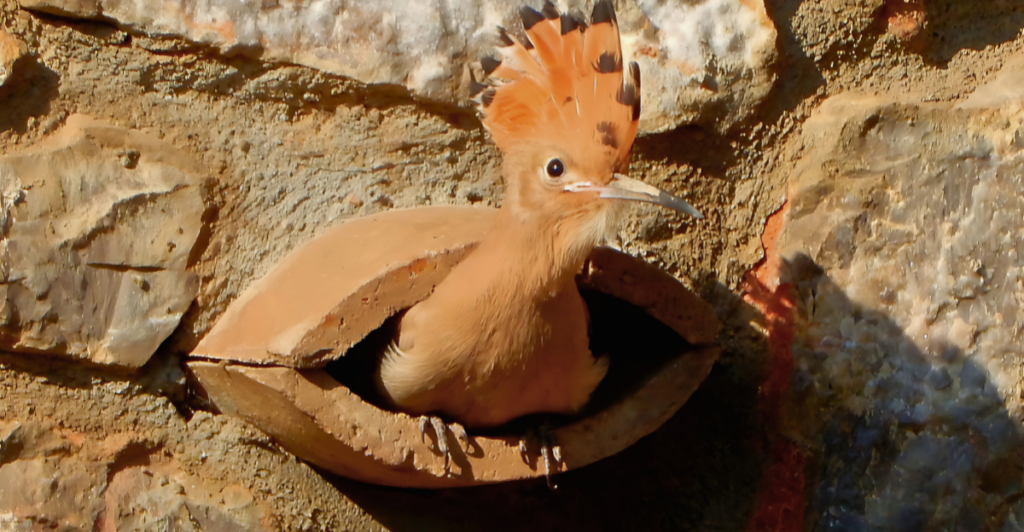
America’s natural landscapes are not just shaped by the forces of nature, but also by the engineering feats of its animal inhabitants. Many species have evolved to create extraordinary homes and environments that blend seamlessly into their surroundings. From underground burrows to towering nests, these animal architects demonstrate remarkable ingenuity and skill. In this article, we’ll explore 12 animals whose engineering feats contribute to creating hidden habitats across the United States.
1. Beavers: Master Builders of Wetlands
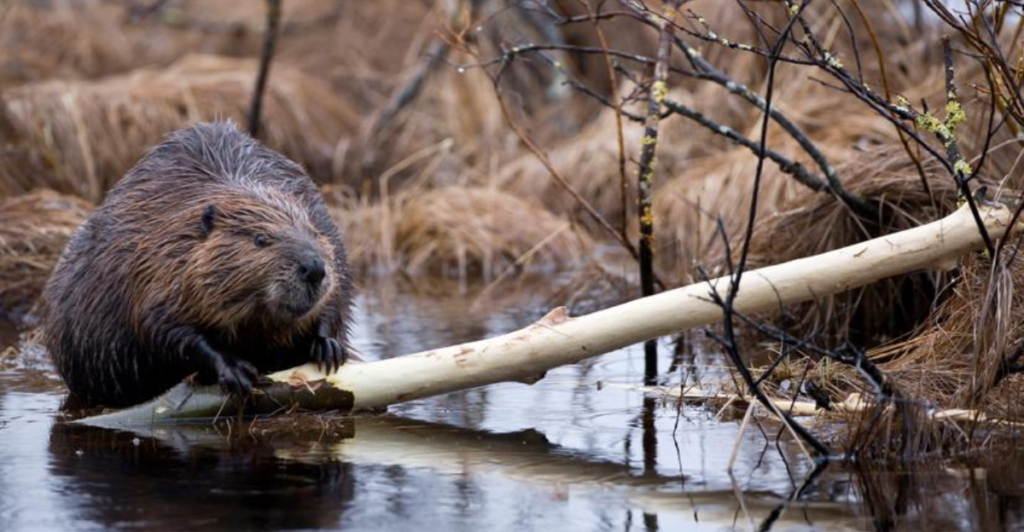
Beavers are perhaps the most famous animal architects, known for their ability to construct elaborate dams, lodges, and canals. These industrious creatures build dams across rivers and streams using branches, mud, and trees. Their dams create wetlands that provide essential habitats for other species, while also preventing erosion and promoting biodiversity. By altering the flow of water, beavers play a critical role in shaping ecosystems and protecting against flooding.
2. Prairie Dogs: Underground Cities
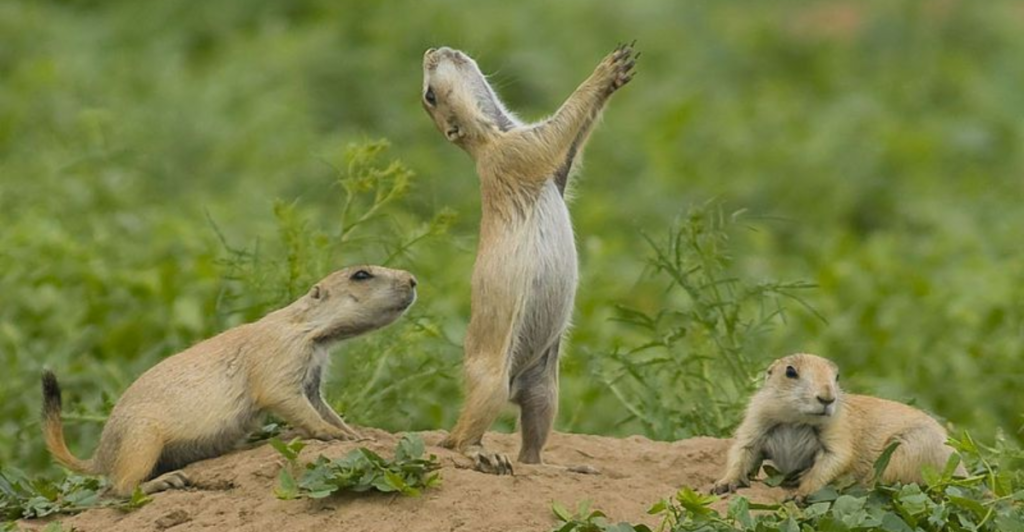
Prairie dogs are expert diggers and engineers, creating extensive burrow systems that stretch across vast prairies. These underground cities are carefully designed with multiple entrances, tunnels, and chambers that serve various functions, such as nesting, sleeping, and storing food. Prairie dog colonies support a wide range of other animals, including burrowing owls, snakes, and foxes, all of which rely on these underground networks for shelter and survival.
3. Termites: Architects of the Subterranean World
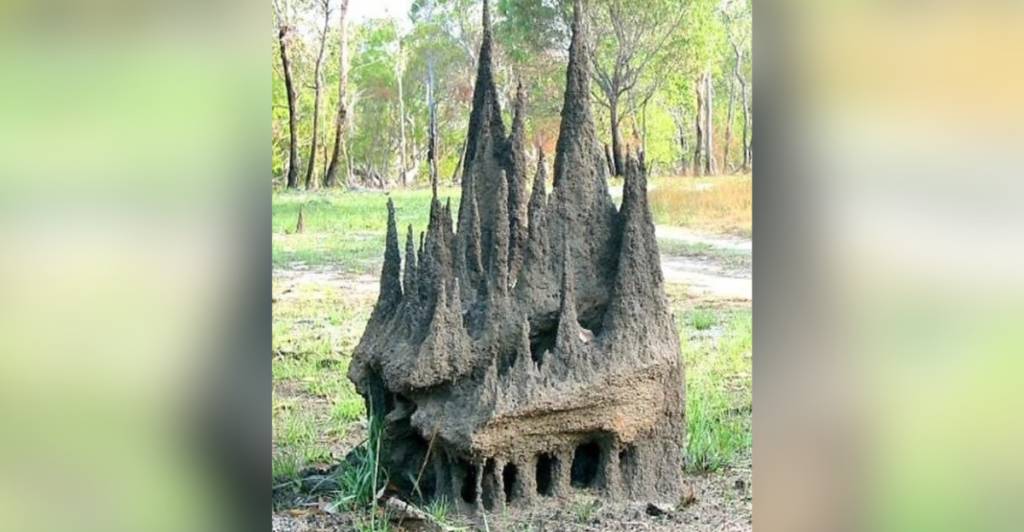
Termites are among the most skilled builders in the animal kingdom. Known for constructing massive mounds, termites create elaborate, ventilated structures that regulate temperature and humidity, ensuring the survival of their colonies. These mounds can rise up to 30 feet in height and can house millions of termites. By consuming wood and dead plant matter, termites play a vital role in the decomposition process, enriching soil and contributing to forest health.
4. Ants: Ingenious Engineers of Tunnels and Nests
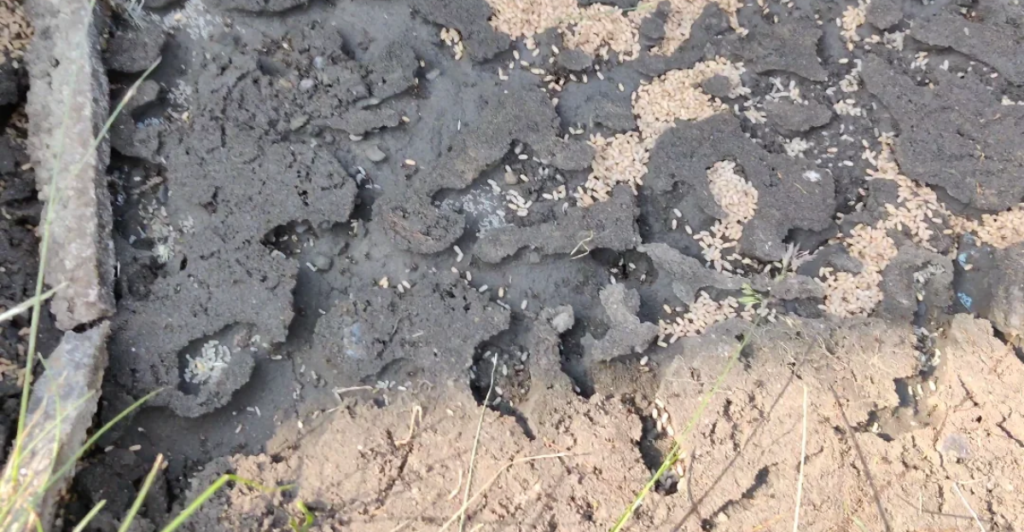
Ants are master architects, known for their sophisticated tunnel networks and nests. Species such as leaf-cutter ants and fire ants build intricate underground systems that can stretch for hundreds of feet. These nests include multiple chambers for breeding, food storage, and protection. Some species, like the weaver ants, also build nests in trees, weaving leaves together with silk produced by their larvae. Ants’ collective efforts in building and maintaining these structures showcase their extraordinary organizational skills.
5. Woodpeckers: Architects of Tree Homes
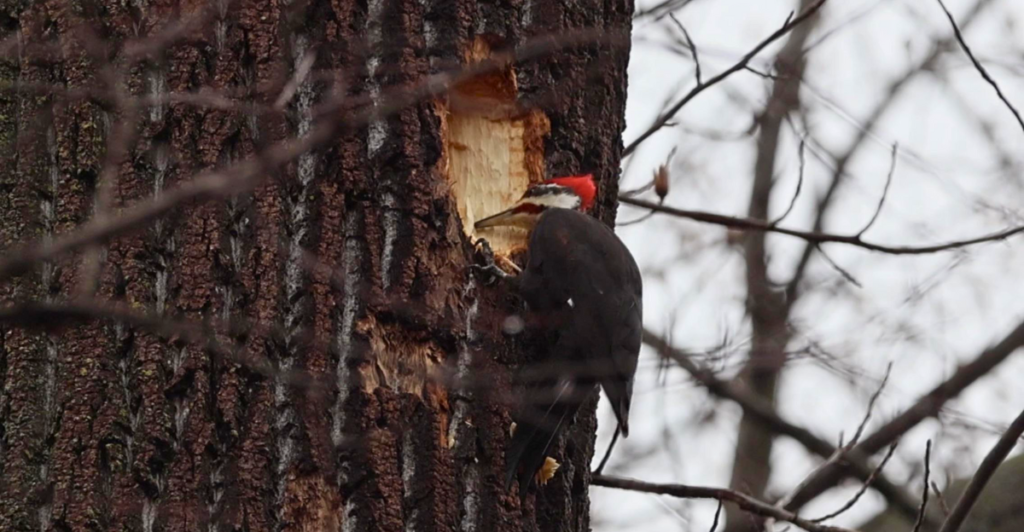
Woodpeckers are known for their ability to drill into trees in search of food, but they also create homes by excavating cavities in trunks. These cavities serve as nests for the woodpecker itself and can also provide shelter for other animals, such as owls, bats, and squirrels, once abandoned. Woodpeckers’ ability to excavate hard wood without damaging themselves is a testament to their specialized anatomy and engineering prowess.
6. Beetles: Engineers of the Forest Floor
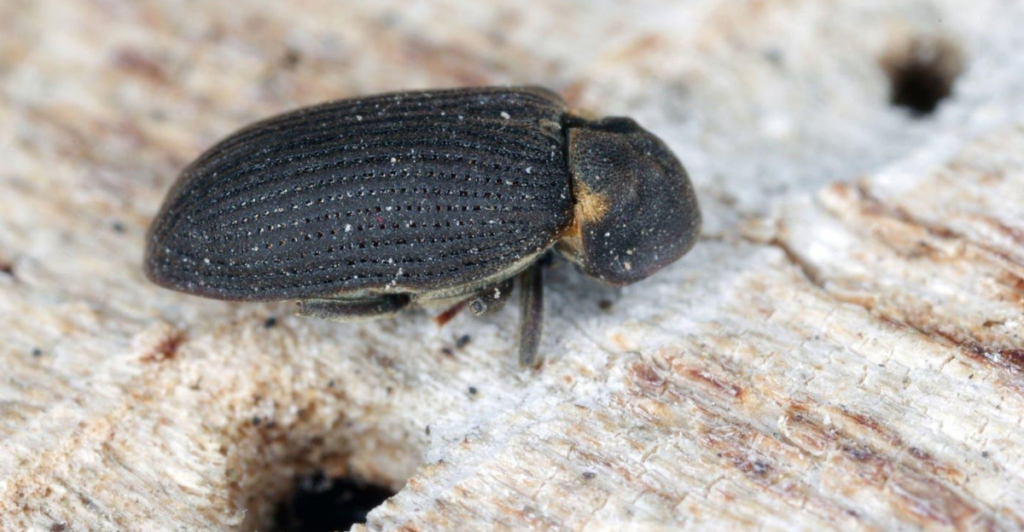
Many beetle species, particularly wood-boring beetles, play an important role in the forest ecosystem by constructing their homes inside dead or decaying trees. These beetles create intricate tunnel systems within wood, which help break down organic matter and recycle nutrients back into the soil. Their burrowing activity can also provide shelter for other small creatures and contribute to the decomposition of forest materials.
7. Spiders: Weavers of Precision Homes
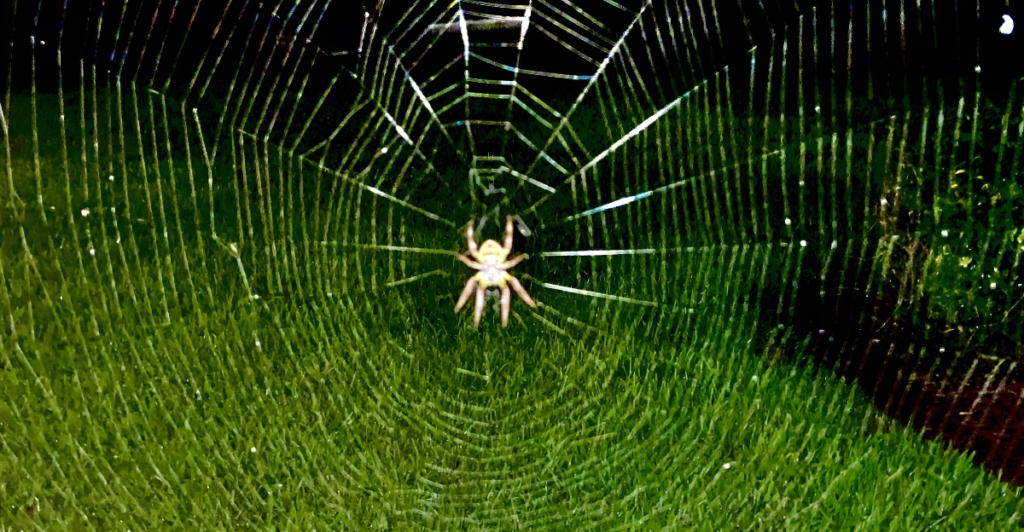
Spiders are perhaps the most well-known architects of intricate homes. Their webs, made from silk, are used for trapping prey, but they also serve as shelters. Species like the orb-weaving spider create complex, symmetrical webs that are designed for maximum efficiency. Some spiders, like the trapdoor spider, construct burrows with camouflaged lids, while others, such as the tarantula, build silk-lined burrows for protection. These webs and shelters are engineering marvels, tailored to their specific needs.
8. Nuthatches: Builders of Tree Nests
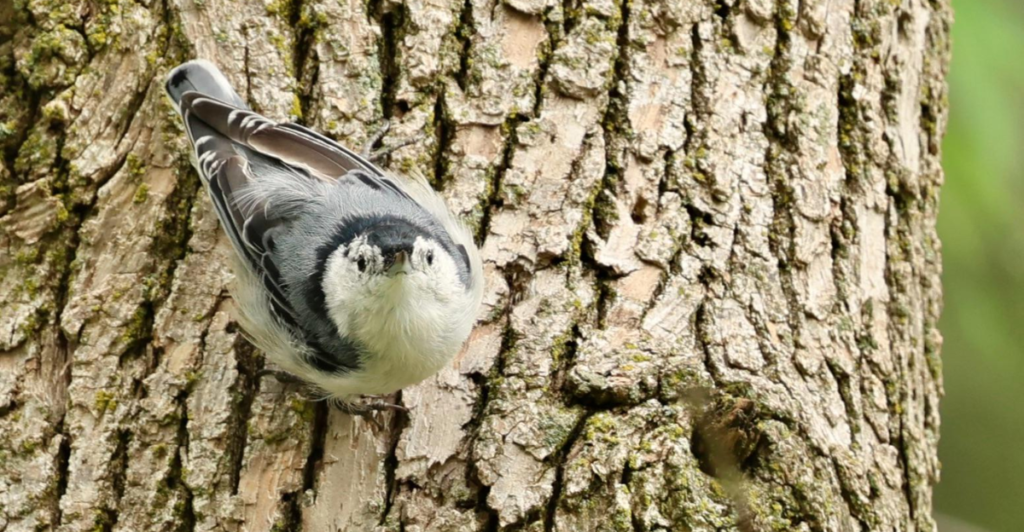
Nuthatches are small birds known for their ability to create homes in the trunks of trees. These birds carve out cavities for nesting by pecking away at dead wood, and their unique ability to cling to tree bark gives them a special advantage in accessing higher branches. Nuthatches often use the same cavities year after year, creating a secure space for their young. Their nesting sites provide important homes for other species once abandoned.
9. Coral: Architects of Underwater Cities

Coral reefs are some of the most biodiverse ecosystems in the world, and corals themselves are remarkable architects. These tiny marine animals build massive, calcium-carbonate structures that provide shelter for countless marine species. Coral reefs protect coastlines from erosion and support vibrant underwater communities. These living structures are constantly growing and evolving, demonstrating nature’s ability to create intricate and functional habitats beneath the ocean’s surface.
10. Bald Eagles: Builders of Majestic Nests
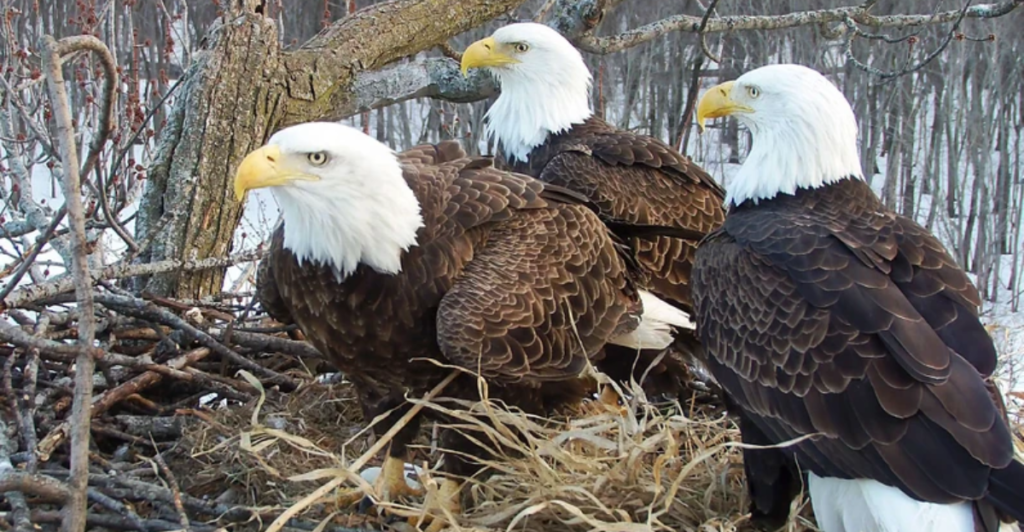
Bald eagles are known for building some of the largest nests in the animal kingdom. They often build their nests high in trees, using large sticks, twigs, and leaves to construct their homes. These nests can weigh hundreds of pounds and are used year after year, with some nests growing so large over time that they become massive, multi-layered structures. Bald eagles’ nests provide safe havens for their young and are a symbol of strength and resilience.
11. Caddisflies: Architects of Underwater Homes
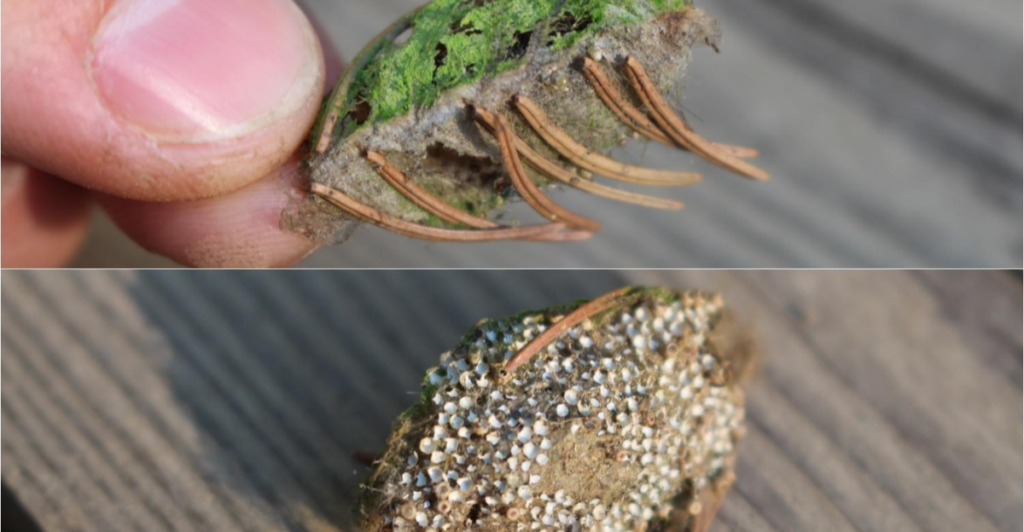
Caddisfly larvae are remarkable architects known for constructing protective cases out of various materials found in their environment, such as twigs, pebbles, and even snail shells. These cases serve as mobile homes, protecting the larvae from predators while they grow. Caddisflies are found in freshwater streams across the U.S., where their unique constructions help stabilize the surrounding ecosystem by providing shelter for other small aquatic life.
12. Bison: Engineers of the Grasslands
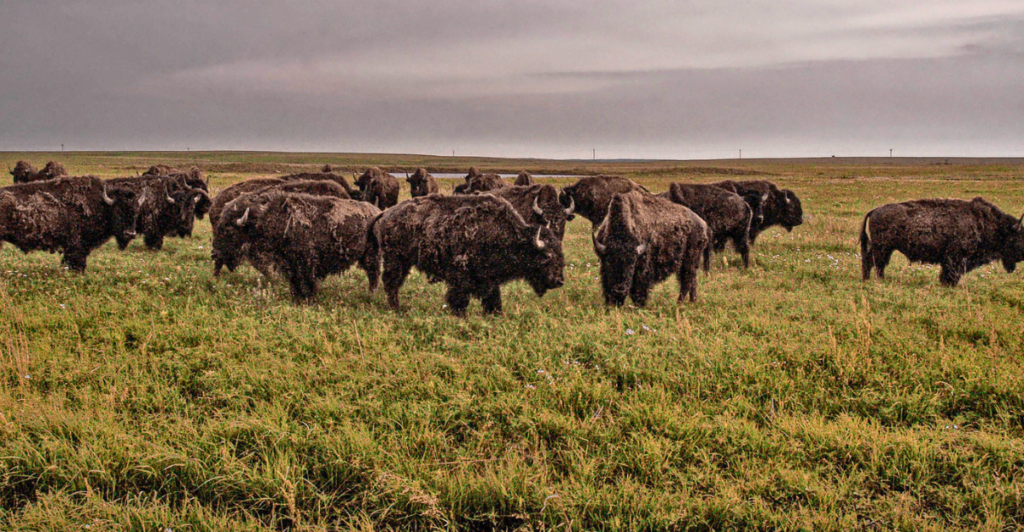
Bison, often thought of as roaming giants on the plains, are also remarkable engineers in their own right. While they don’t build physical structures like beavers or ants, bison play a crucial role in shaping the grassland ecosystem through their grazing and wallowing behaviors. By grazing on tall grasses, they help maintain the open prairie landscape, allowing for a variety of plant species to thrive. Their wallows—mud pits where they roll and bathe—create small depressions in the earth that can become waterholes for other wildlife. These actions help shape the habitats of numerous other species, making bison true architects of the grasslands.
Stay connected with us for more stories like this! Follow us to get the latest updates or hit the Follow button at the top of this article, and let us know what you think by leaving your feedback below. We’d love to hear from you!







